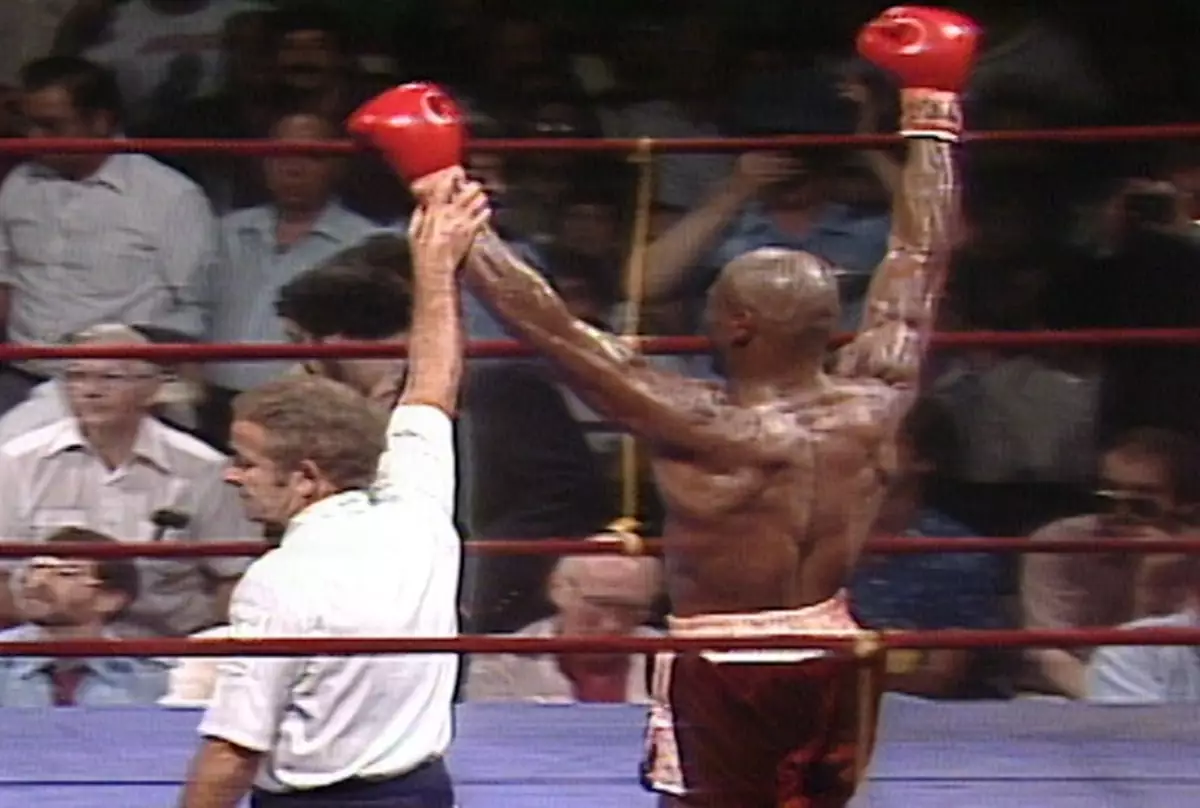Boxing has long captivated audiences with its extraordinary displays of athleticism and strategy, especially when it features stacked fight cards that bring together multiple world champions. While contemporary fans might think these impressive lineups are a modern invention, their roots run deep. One of the most memorable fight cards in boxing history unfolded on this very day 45 years ago at Caesars Palace, showcasing the remarkable talents of that era’s top fighters.
Promoters like Bob Arum and Don King were instrumental during the 1970s in delivering high-octane events that featured multiple title matches, drawing huge crowds and massive pay-per-view audiences. On this day in 1979, the boxing world witnessed an exceptional evening, as four future legends stepped into the ring: Sugar Ray Leonard, Marvin Hagler, Marvin Johnson, and Thomas Hearns. The event became iconic not solely for the fighters involved but also for the numerous title belts that were contested.
On this historic evening, Sugar Ray Leonard faced off against Wilfred Benitez for the WBC welterweight title. Marvin Hagler engaged in a brutal clash with Vito Antuofermo for the unified world middleweight titles, while Johnson met Victor Galindez in a battle for the WBA light heavyweight title. Each matchup added a layer of intrigue and excitement, underscoring the depth of talent present in professional boxing at the time.
The narrative built around these fights went beyond mere statistics; it was a clash of styles and generational talent. Leonard entered the ring with an impressive record of 25-0, while Hagler boasted a toughened 46-2-1 record. Yet, the disparity between the treatment of these two fighters highlighted the ongoing inequities present in boxing. Hagler, known for his relentless work ethic, was frustrated by his $40,000 payday compared to Leonard’s glitzy $1 million, leading to a simmering resentment that would permeate their futures.
The match between Leonard and Benitez quickly morphed into a tactical chess game, where each fighter sought to exploit subtle openings while displaying masterful defensive techniques. Leonard, with his lightning-fast jab, scored significant blows, including a third-round knockdown that would set the stage for a dramatic finish. The fight culminated in a 15-round battle, where a staggering left uppercut dropped Benitez once more, leaving him stopped on his feet and resulting in Leonard’s victory just six seconds from the final bell.
In contrast, Hagler’s encounter with Antuofermo was a gritty showcase of resilience and determination. Both fighters engaged in a punishing 15-round bout characterized by Hagler’s relentless aggression. Many predicted a clear victory for Hagler after he dominated much of the action, only to be confronted with shocking news when the judges rendered a draw, denying him the crown. This decision not only crushed Hagler but also served as a permanent reminder of the unpredictable nature of the sport.
That night did not simply mark individual victories or losses; it laid the groundwork for future confrontations and rivalries. The controversy surrounding Hagler’s fight would linger in his mind, shaping his relationship with the judges for the rest of his career. Joe Louis, the heavyweight icon, played a pivotal role in encouraging Hagler to push through the heartache—a testament to the camaraderie found within this sport.
Furthermore, Leonard and Hagler wouldn’t meet again for nearly a decade, and their eventual showdown in 1987 remains a topic of intense debate among boxing fans. The fight was seen as a culmination of years of frustration, ambition, and rivalry—a legacy that continues to be analyzed and reinterpreted.
As fans of boxing today revel in a new wave of stacked fight cards featuring talented athletes, they can often feel nostalgic for that fabled night at Caesars Palace. The electrifying atmosphere, cultural narratives, and raw emotions encapsulated in these historic matches remind us that while the names may change over time, the relentless pursuit of greatness and the unyielding spirit of competition remain foundational to the sport. It serves as a calling for today’s fighters to continue the tradition of excellence witnessed on that memorable night 45 years ago, pushing the boundaries of the sport while forging their own legacies.

